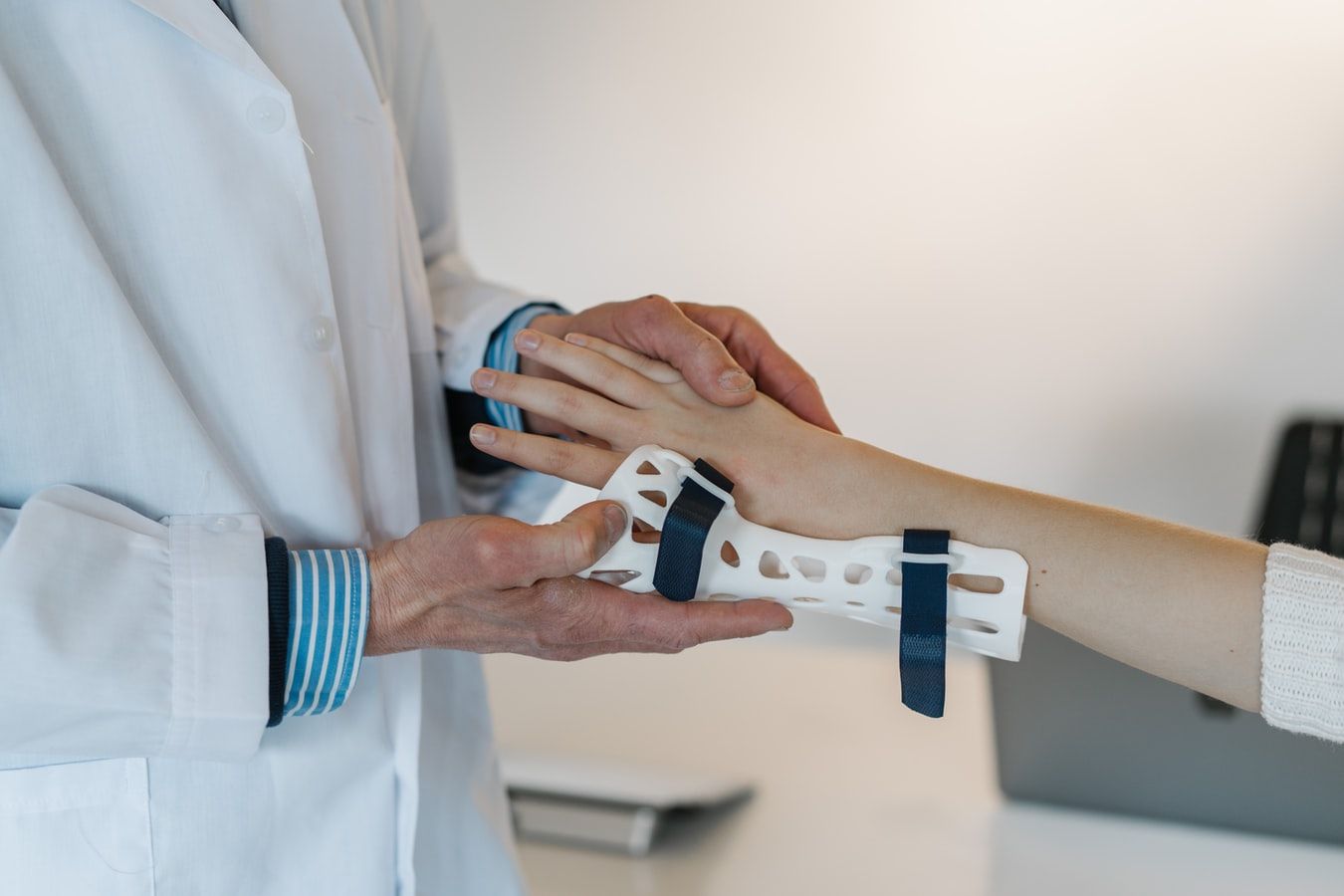Joint Inflammation Aids in Diagnosing Psoriatic Arthritis in Patients
Research reveals microtrauma and swelling in the joints surrounding the thumb, conditions that are predominantly features in patients with psoriatic arthritis than any other arthritic diseases.

New research from India showed that patients with psoriatic arthritis (PsA) had an increased likelihood of inflammation at the interphalangeal joint (IP) of the thumb, which researchers believed demonstrated a positive predictive value of the condition.
The study also compared inflammation in the IP of the thumb in patients with PsA to patients with rheumatoid arthritis (RA), psoriasis patients without clinical arthritis (PsO) and those with undifferentiated inflammatory arthritis (UIA).
The investigation, headed by Ashish J Mathew, noted the lack of literature on the involvement of the thumb in psoriatic arthritis prior to the study. They also wrote of the significance of the joints in the thumb and the prevailing issues that occur.
The investigators noted that joints in the thumb are some of the most commonly used joints in the body, and consequently are subjected to microtrauma more often compared to other small joints of the hand.
Additionally, in previous studies disproportionate swelling at the IP joint of the thumb was associated with high diagnostic significance with PsA. Investigators believed these findings could help differentiate PsA from other arthritic diseases, leading to significant changes in PsA management.
The study population was comprised of 161 patients with inflammatory arthropathies. The total population was divided into 4 groups: patients with PsA (n = 42), RA (n = 28), UIA (n = 29), and PsO (n = 62).
Mathew and colleagues then collected data and clinical details via routine MRIs of all participants from July 23, 2014 to July 22, 2017.
In total, 33 images were acquired in both the RA and UIA groups, and 22 images were collected for the PsA group. The images were randomly scored by 2 independent readers with no awareness of the clinical features and diagnosis of the participants.
The study revealed that 36% of the PsA group had notable swelling at the IP joint during physical examination, compared to the RA (11%), UIA (3%) and PsO (6%) groups. “MRI inflammation around the IP joint of the thumb was noted in 33.3% of PsA patients, compared with 14.3% (P = 0.06) and 10.3% (P = 0.02) in the RA and UIA groups, respectively,”
the investigators wrote. “In the PsO group, 8.1% of patients had MRI global inflammation at the IP joint of the thumb.”
Another inflammatory variable the team recorded in participants was tenosynovitis, a condition that affects the tendons surrounding the thumbs.
Tenosynovitis was much more prominent in participants in the PsA group (19%) than the PsO (4.8%), UIA (3.4%) and RA (3.6%) groups.
The findings of Mathew and colleagues joined an ever-growing collection of data surrounding PsA diagnosis.
Much like in previous studies (many of which were cited in the current study), investigators were able to diagnose and differentiate PsA in patients based on inflammation and microtrauma in the interphalangeal joint of the thumb.
The examination of the IP joints of the thumb in patients with inflammatory arthropathies was crucial in determining differences in the 4 patient groups featured in the study.
Despite the current study’s successes, the investigative team believed more detailed studies on the joints surrounding the thumb should take place.
“This research question, nevertheless, warrants further validation in a prospective study using dedicated, high-resolution coils, high magnetic fields and contrast enhancing imaging; an ultrasound comparator arm may add additional strength,” the team wrote.
The study, “Magnetic Resonance Imaging evidence of Inflammation at Interphalangeal joint of Thumb — A distinct entity in psoriatic arthritis,” was published online in the International Journal of Rheumatic Diseases.